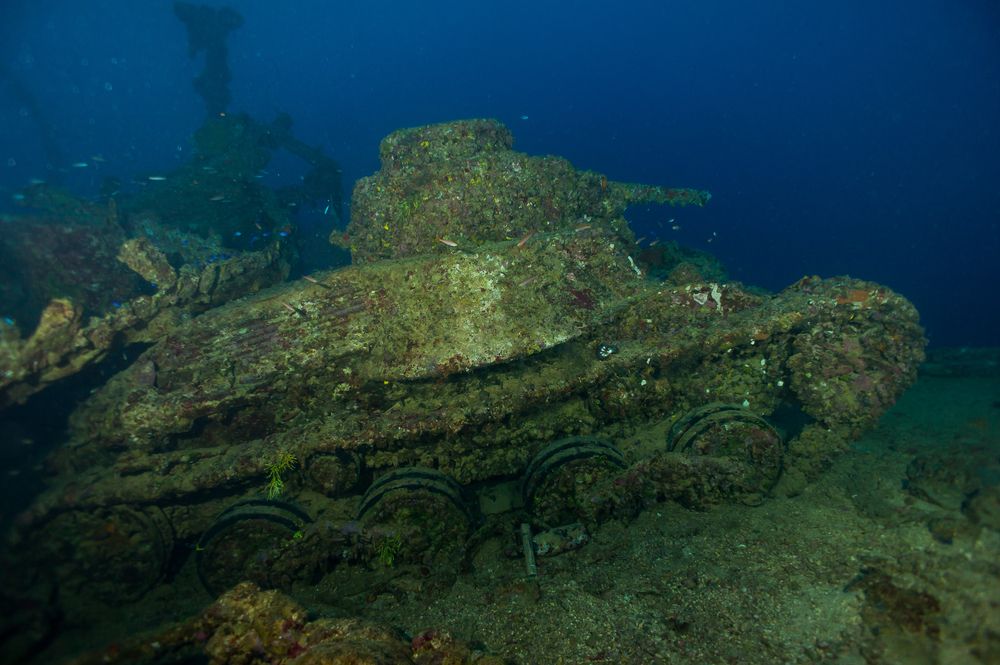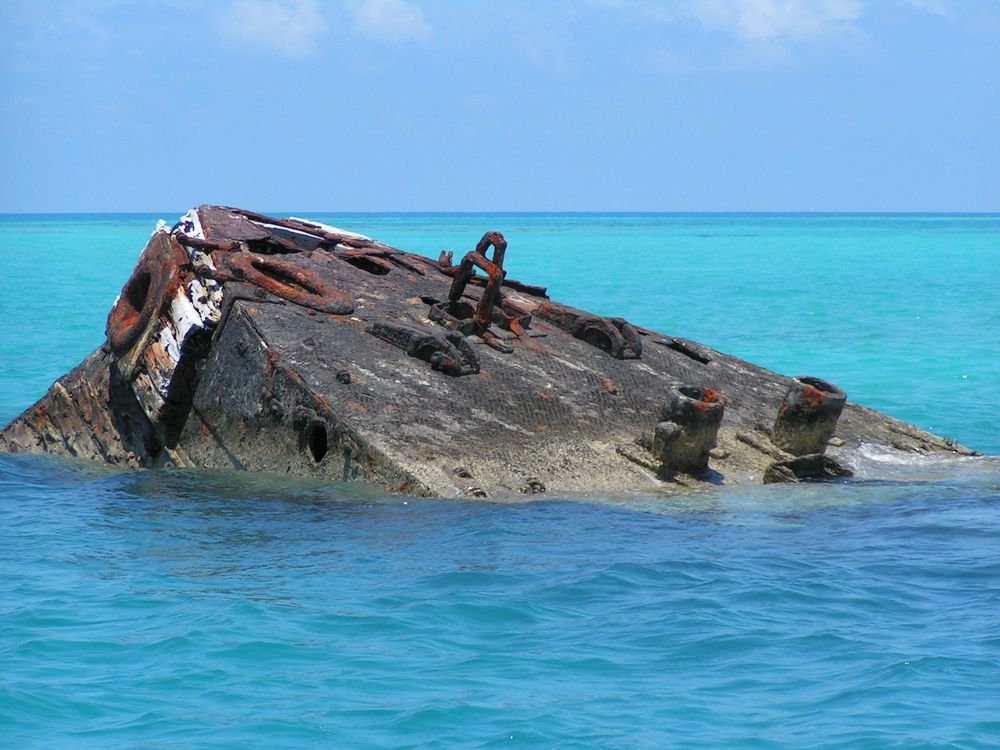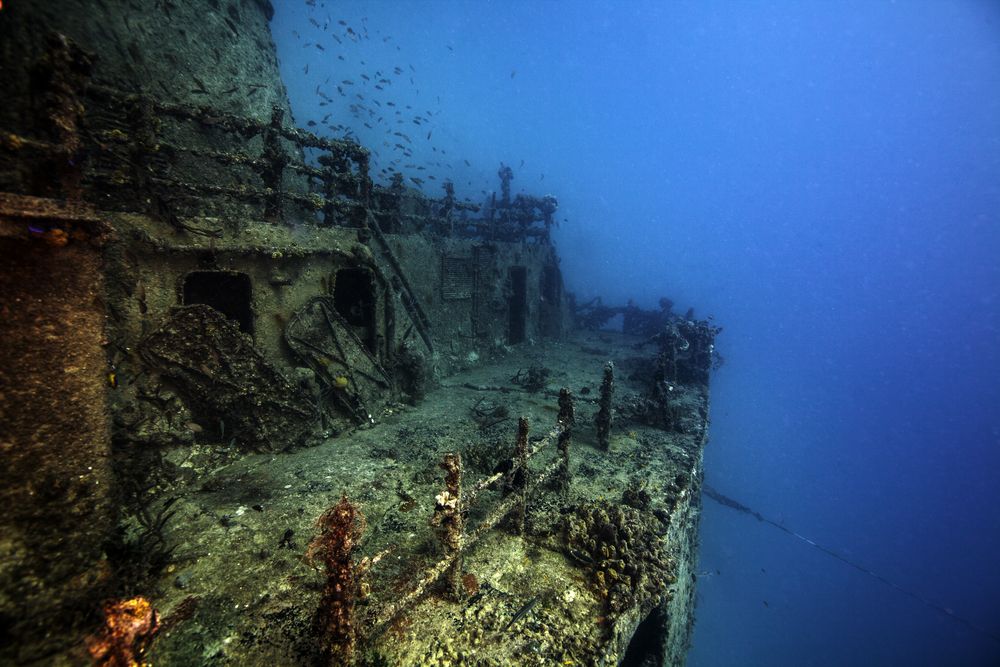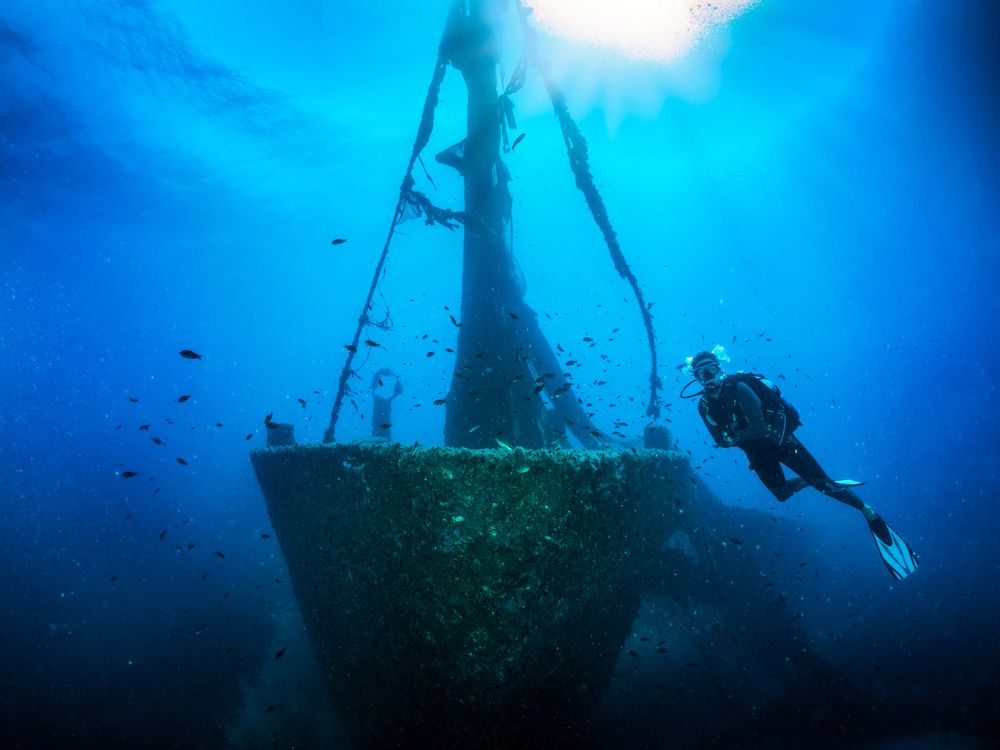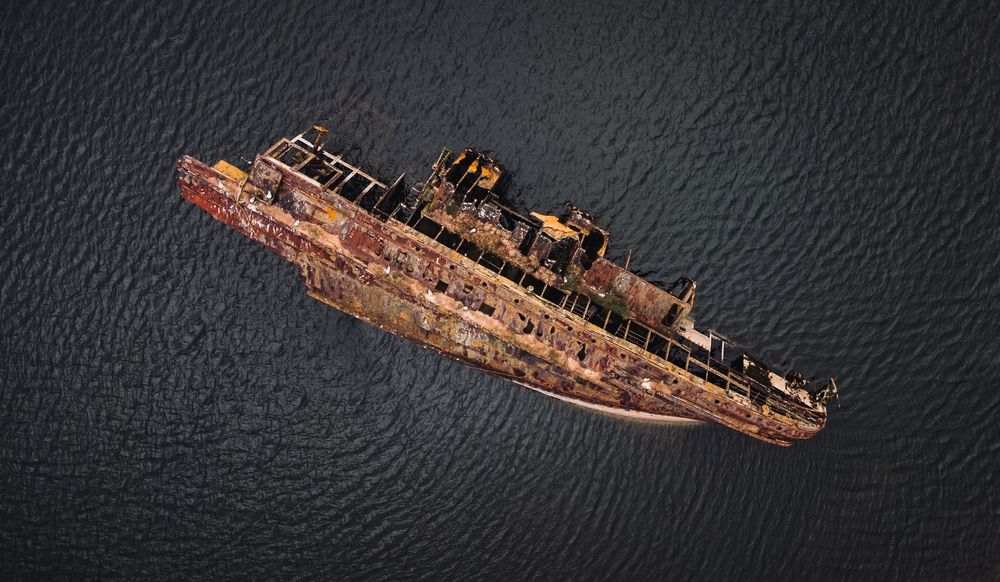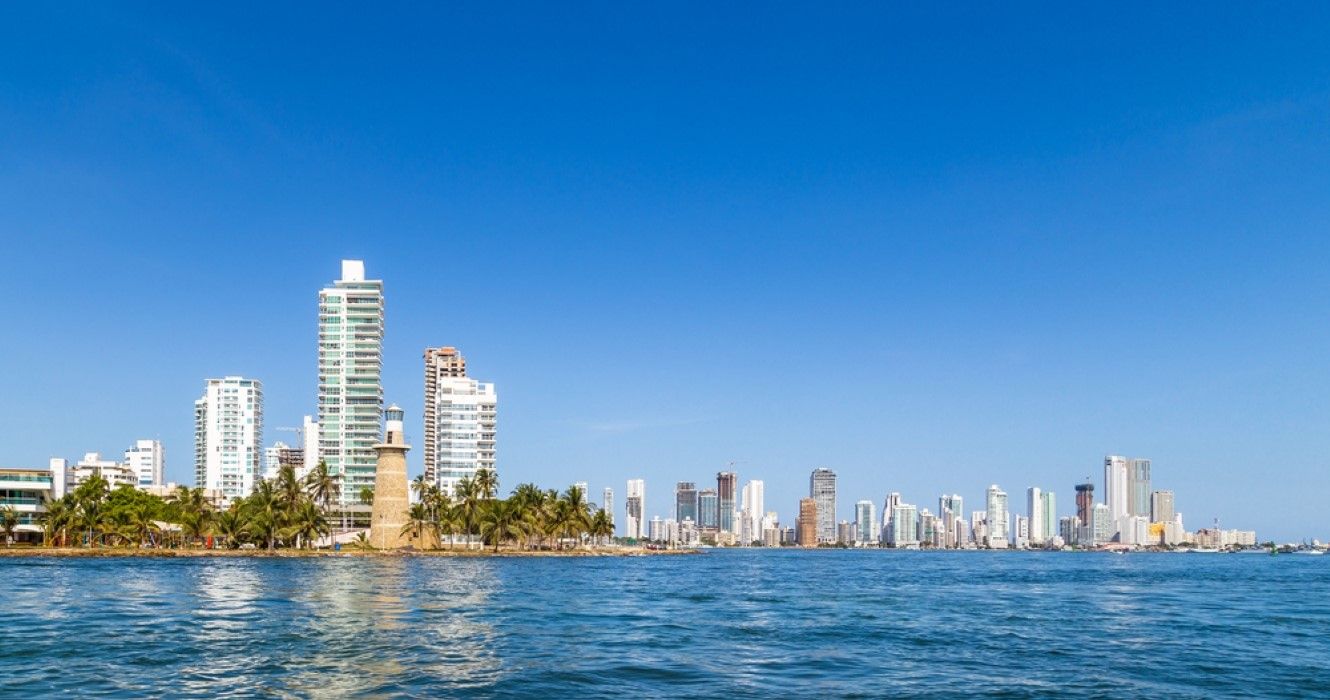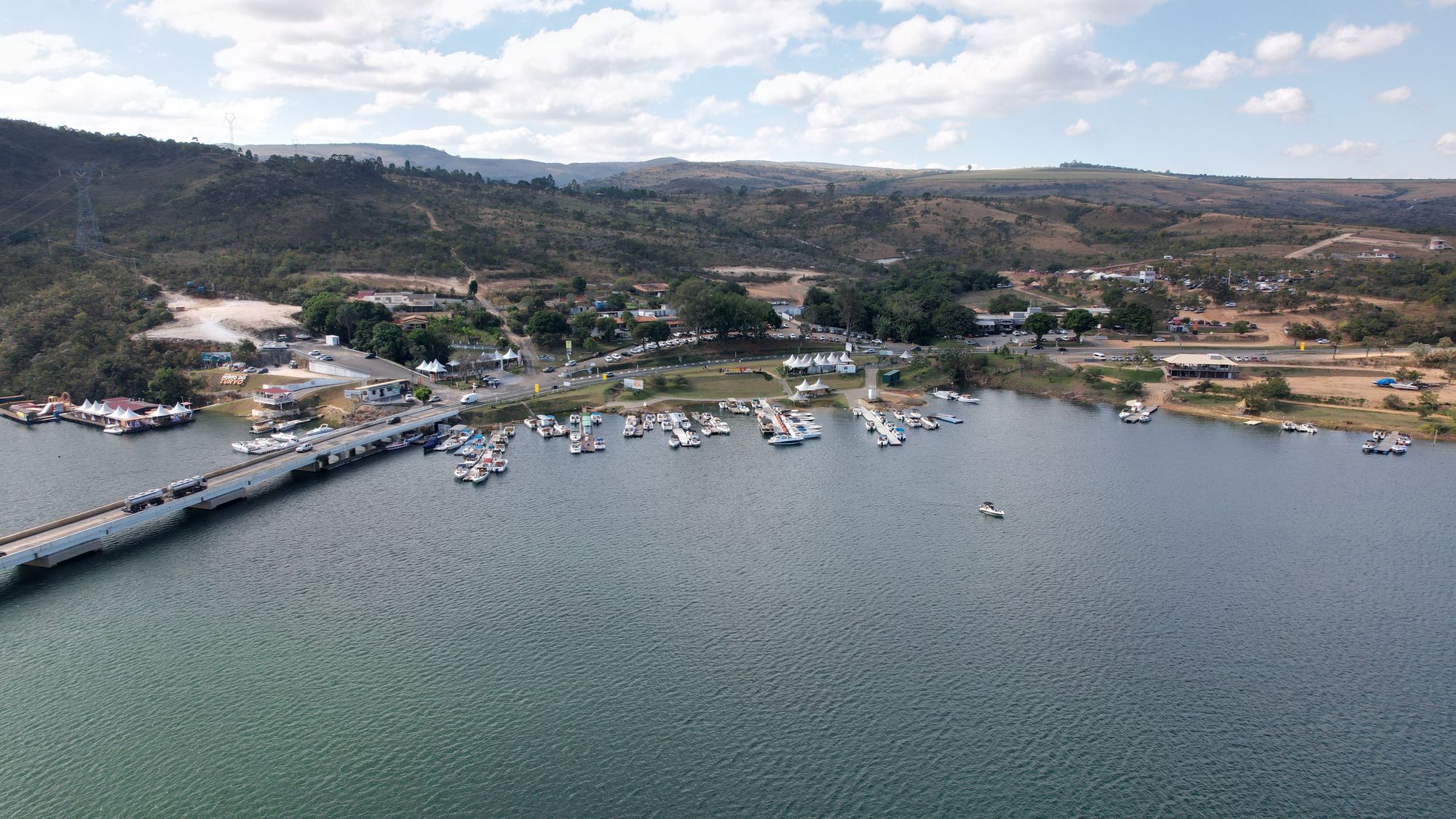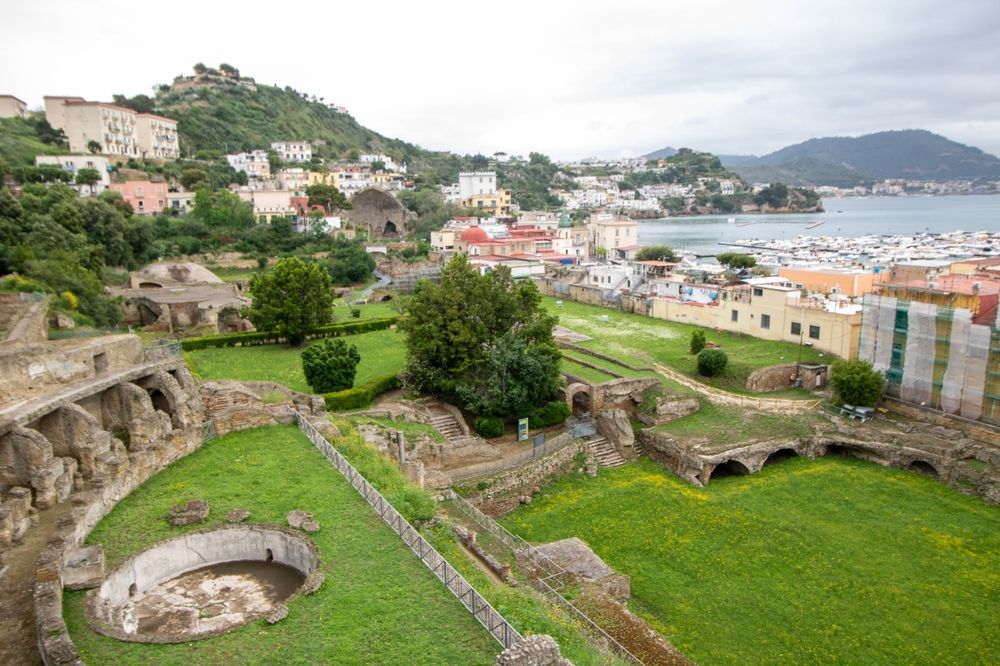Some of the most treasure-rich diving locations in the world, from Spartan-era archeological gems in coastal Greece to half-billion-dollar Spanish treasure troves, are worth visiting by adventurous and history-loving divers. These underwater treasures were the result of wars, shipwrecks, earthquakes, volcanoes, other natural disasters, and many other reasons.
The joy that comes from finding the lost treasure that has been kept secret in the ocean’s depths is exhilarating. Here are some of the top underwater locations in the world where divers can potentially retrieve treasures before returning to the surface.
Diving at many of these sites may be unsafe, so it’s not recommended to do so unless properly trained and qualified and with certified, licensed expert divers who are legally allowed to dive at these locations, such as experienced local dive operators. It’s also important to have the right level of diver certification before scuba diving anywhere. Learning about each recreational dive course and certification level and getting the right level of training for diving deep and wreck sites is advised.
10 Truk Lagoon, Micronesia
Coral growth on the hull of a sunken WWII cargo ship at Truk Lagoon in Micronesia
The best islands in Micronesia are some of the most beautiful destinations in the world. However, beneath all that beauty, some hold sunken secrets. One of the legacies of World War II that divers will remember is the Japanese vessels that were sunk by American defense troops. Since 1944, these ships have resided at the bottom of a lagoon in Micronesia and have attracted visitors and divers.
In the water, it is possible to see Japanese Zero fighter aircraft, gasoline supply ships, and cargo ships. It is important to be mentally prepared for the dive because the ammo and other remnants of war can be both traumatic and intriguing at the same time.
The vintage weapons and ammunition the Japanese employed throughout the war, as well as the technology used to create their ships and military equipment, are among the treasures that can be found here.
9 Bermuda
A Shipwreck in Bermuda
This well-known location has been vital in nautical navigation because of its distinctive terrain. Bermuda has shallow reefs and choppy waters, which render it impassable to ships. The number of strangely vanished vessels in the waters near Bermuda over the last century has exceeded 50, which is why maritime historians called the island the “graveyard of ships”.
On the ocean floor, there are locations where two or three shipwrecks are stacked on top of one another from various eras. The island is now a haven for treasure-hunting divers.
8 The Florida Keys Dive Spot
The sunken shipwreck Eagle in the Florida Keys
Between 1500 and 1700, Spain went on appropriating the wealth of Latin America. It is estimated that billions of dollars’ worth of gold and silver were being shipped down the canals that served as the commerce route connecting mainland Spain and the colonies. Many of these ships traveled along the Florida coast, which is now known as the Florida Keys coral reefs and the dive capital of the world.
Numerous shipwrecks off the coast of the state are thought to contain Spanish treasure, making it worthwhile to go swimming in those waters to investigate the possibilities.
7 Coastal Greece
A sunken shipwreck on the Aegean seabed in Skiathos, Greece
Few places can rival coastal Greece’s extensive maritime past, where vessels have been navigating the seas and vanishing for more than 7000 years. The country legalized exploring its coastline around 20 years ago, and divers arriving there have shown that the area is richly endowed.
An estimated 6,000 wrecks are scattered with their treasures throughout the ocean floor, and in some cases, entire, intact cities are thought to have been drowned. The artifacts have a much higher archeological worth than monetary value and date as far back as ancient Sparta (travelers can also see the ruins of Sparta on land in Greece).
The majority, if not all, of the valuables discovered there should stay underwater.
6 Scapa Flow, Scotland
The Blockships at Scapa Flow, Orkney Islands, Scotland
Several of the best surviving World War I wrecks are located in the icy waters off the Orkney Islands in Scotland, the United Kingdom. In 1919, a fleet of more than 70 German Imperial Navy ships crashed and sank there.
Although many were saved, there are still a handful of cruisers and battleships on the Scapa Flow’s floor, which is between 101 and 130 feet (30.78 and 39.62 meters) deep. To date, divers head there because numerous significant discoveries are still to be made.
5 Galleon San José, Cartagena Coast
Skyline of Cartagena, Colombia
The Spanish galleon San José, known as the “holy grail of shipwrecks” by deep-sea divers, was carrying a rich trove of emeralds, silver, and gold that is now estimated to be worth $17 billion.
In 1708, the galleon sank following combat with British ships not far from the coast of Cartagena, Colombia. This treasured ship was found more than 300 years later in 2015.
The Woods Hole Oceanographic Institution helped locate the ship by utilizing an underwater vehicle known as REMUS 6000, and recovery efforts are still ongoing.
4 Heracleion, Egyptian Coast
The Nile River In Egypt
From the sixth to the fourth centuries B.C., Heracleion, known as Thonis-Heracleion, experienced great prosperity. Around the eighth century A.D., the city sunk into the Mediterranean Sea, leaving no traces or signs behind.
Thankfully, the city was found in 2000 off the coast of Egypt, close to the Nile’s mouth, hidden under 30 feet (9.14 meters) of water in the harbor of Aboukir (also written Abu Qir). A portion of the city has been excavated, providing us with a look into its past prosperity.
-
Underwater Discoveries:
Since its discovery,
archeologists have found 64 ships,
limestone sarcophagi, thousands of little and enormous statues, stones with ancient Egyptian inscriptions, jewelry, ceramics, and other valuable treasures.
3 Fiji
Vibrant school of fish swimming above a colorful coral reef
In Fiji, the action is underwater; most visitors spend their “Fiji time” in swim-up bars or applying suntan lotion above ground. However, the country is home to some of the best dive sites in the world.
In particular, there is a unique unsettling beauty to the wrecks of the idyllic islands of Fiji. Shoals of barracuda flicker in and out, crabs and shrimp settle inside, sea anemones sway in the tide, and soft coral paints the skeletons of scuttled ships in vibrant hues.
2 Port Royal, Jamaica
Aerial view of Port Royal, Jamaica
Port-Royal, a small island south of Kingston, was a well-known port and the center of English trade in the Caribbean Sea, but it was also a haven for pirates. Two-thirds of the city was submerged under water when an earthquake struck the port on June 7, 1692, partially destroying it.
Since this catastrophe, numerous divers have traveled to explore the port’s ruins in search of treasures and wonders. Now, it’s one of the world’s best dive sites for finding treasure.
Interesting Fact: The British crown protected pirates and privateers in the harbor to protect them from potential attacks by French and Spanish ships.
1 Baies, Italy
Bath of Baia archaeological park, Baia, Naples, Italy
A former Roman city known as Baia in modern times, or Ancient Rome’s Las Vegas, is situated north of the Gulf of Naples. Divers who are successful in getting close to the Bay of Naples will undoubtedly have the chance to take in the myriad treasures of this ancient Roman city.
The Neapolitan seafloor is a seascape rich with legends and undiscovered riches, littered with historical artifacts from the era, including statues, mosaics, and commonplace items. Nowadays, it’s among the best treasure-hunting dive sites in the world that many history buffs can’t get enough of.
Visitors are advised to look into the water; it is so pure that it is possible to still see the sunken city’s foundations.

